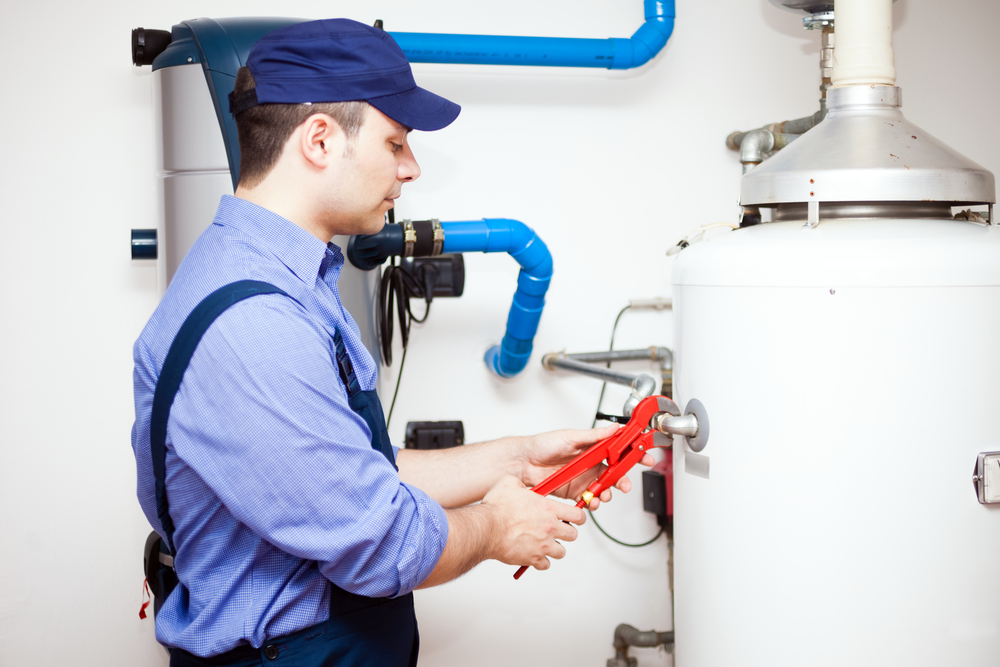Oil to Gas Conversions in Manhattan, NY: Is It Time to Make the Switch?
For residents of Manhattan, New York, energy efficiency and cost-effectiveness are always top priorities, especially when it comes to home heating. Oil to gas conversions have become a hot topic in recent years, as more and more homeowners consider making the switch from oil-based heating systems to natural gas-powered alternatives. With environmental concerns on the rise, along with the promise of long-term savings, it’s no wonder that so many are pondering whether now is the right time to transition. In this blog, we will explore the various factors involved in an oil to gas conversion in Manhattan, NY, and provide insights into whether making the switch is a good move for homeowners in the area.
Understanding the Benefits of Oil to Gas Conversion
The primary reason why many Manhattan residents are considering an oil to gas conversion is the significant financial savings it promises. While the initial installation costs of converting an oil heating system to gas can seem high, the long-term benefits far outweigh the initial expense. Natural gas is often cheaper than heating oil, and the price is generally more stable. Over time, homeowners can save hundreds, if not thousands, of dollars annually on their heating bills. Furthermore, gas heating systems tend to be more efficient than oil systems, meaning your home can heat up faster and more evenly, enhancing comfort while lowering your energy consumption.
Another compelling reason for an oil to gas conversion is the environmental impact. As more people become aware of the consequences of burning fossil fuels, the switch to natural gas becomes more attractive. Natural gas is a cleaner burning fuel compared to oil, producing fewer greenhouse gas emissions. For residents of Manhattan, where air quality is a significant concern, reducing emissions by making the switch to gas can help contribute to cleaner air and a healthier environment. In addition, the New York City government is pushing for greener energy solutions, and converting to natural gas could help homeowners comply with future regulatory changes.
The Costs Involved in Converting from Oil to Gas
When considering an oil to gas conversion, it’s important to factor in the costs involved. While the savings on heating bills can be substantial, the upfront cost of the conversion process can be considerable. The price of installation depends on several factors, including the size of the property, the complexity of the system, and the availability of a natural gas line. In Manhattan, where space is limited and infrastructure can be challenging, this conversion process may involve additional costs such as bringing in new gas lines or upgrading existing ones to accommodate the new system.
It’s also essential to factor in the cost of removing the old oil tank and making any necessary modifications to your home’s heating system. Oil tanks can be expensive to remove and properly dispose of, and if the tank is underground, additional work may be required to ensure there are no environmental hazards. As a result, homeowners should expect to pay anywhere from $3,000 to $7,000 or more for a typical oil to gas conversion, depending on the specific circumstances.
However, it’s important to keep in mind that the conversion process can be eligible for various rebates and incentives, both from utility companies and the government. New York State, for example, offers a variety of programs that provide financial assistance to homeowners who wish to switch to a more energy-efficient heating system. These incentives can help offset the initial costs of conversion and make the transition more affordable.
Is It Time to Switch? Factors to Consider
Determining whether it’s the right time to make the switch from oil to gas depends on several factors, many of which are specific to the individual circumstances of each homeowner. One of the most important factors to consider is the age and condition of your current heating system. If your oil-based system is outdated and prone to frequent repairs, it may be more cost-effective in the long run to replace it with a new natural gas system. On the other hand, if your oil heating system is relatively new and still functioning well, it might make more sense to continue using it until it reaches the end of its lifespan.
Another factor to take into account is the cost of natural gas in your area. While natural gas tends to be cheaper than oil, prices can fluctuate, and it’s essential to assess whether the savings you’ll gain from switching will be significant enough to justify the initial costs of conversion. The availability of a natural gas supply line is another crucial consideration. If natural gas lines are already available in your neighborhood, the installation process will be simpler and less expensive. However, if your home is located in an area where natural gas lines are not readily accessible, the cost of extending the lines to your property could increase the overall expense of the conversion.
The potential environmental impact of switching to natural gas is another key consideration. Many homeowners are motivated by the desire to reduce their carbon footprint and contribute to a greener, more sustainable future. With natural gas being a cleaner-burning fuel compared to oil, the switch can help reduce harmful emissions and promote a healthier environment. If environmental concerns are a significant factor for you, the oil to gas conversion could be a step in the right direction.
The Long-Term Savings and Environmental Impact
While the upfront costs of an oil to gas conversion may be substantial, the long-term savings can be significant. As previously mentioned, natural gas is generally less expensive than heating oil, and the price tends to be more stable. With a natural gas-powered system, homeowners in Manhattan can expect to save money on their heating bills year after year, particularly during the colder months. The increased efficiency of gas heating systems means that your home will reach a comfortable temperature more quickly, reducing the amount of energy used and cutting down on costs.
In addition to the financial savings, converting to natural gas can also result in a reduced environmental impact. As the world continues to focus on reducing greenhouse gas emissions and combating climate change, the benefits of using cleaner energy sources like natural gas cannot be overstated. By making the switch, homeowners in Manhattan can significantly lower their carbon emissions, contributing to a healthier and more sustainable city. In a densely populated urban environment like Manhattan, every little bit helps, and a single conversion could make a noticeable difference in the overall environmental impact.
Moreover, the environmental benefits of converting to natural gas go beyond just reducing emissions. Gas heating systems also tend to be more energy-efficient, meaning they use less fuel to produce the same amount of heat. This not only helps to reduce energy consumption but also lowers the demand for natural resources, further contributing to sustainability efforts. In a city that prides itself on its efforts to be a leader in environmental policy and action, making the switch to natural gas can be seen as an investment in the future.
Is It Worth the Investment?
Deciding whether an oil to gas conversion is the right choice for your home in Manhattan ultimately depends on a variety of factors, from the condition of your current heating system to the long-term financial and environmental benefits of making the switch. While the initial costs may seem high, the potential savings on heating bills, combined with the environmental benefits, make it a smart investment for many homeowners. For those who are looking to save money, reduce their carbon footprint, and enjoy a more energy-efficient heating system, the oil to gas conversion could be the right move.
In a city like Manhattan, where both space and energy resources are limited, making a switch to a more sustainable and cost-effective heating solution is not just a smart decision—it’s a step toward a greener, more energy-efficient future. With the right planning, financial incentives, and the support of qualified professionals, an oil to gas conversion can provide long-term benefits that will pay off for years to come. So, if you’ve been wondering whether it’s time to make the switch, consider all the factors carefully and take the leap toward a more efficient, eco-friendly heating solution.
Need Mechanical Engineering Services in Manhattan?
Here at Hugh Chrysler Engineering Co. LLC, we’ve proudly served the 5 Boroughs of New York since 2000, building trust and delivering excellence in heating systems, generators, backflow prevention, NOX reduction, oil tanks, NYC Department certificates to operate, natural gas piping, and conversions. Whether it’s a residential, industrial, or commercial project, our experienced team is ready to provide reliable solutions tailored to your needs. Let us put over 20 years of expertise to work for you—contact us today and discover why we’re a trusted name in the industry!


